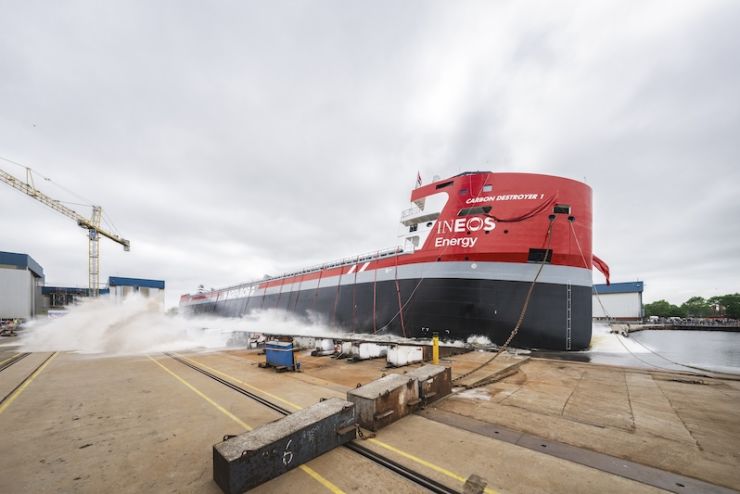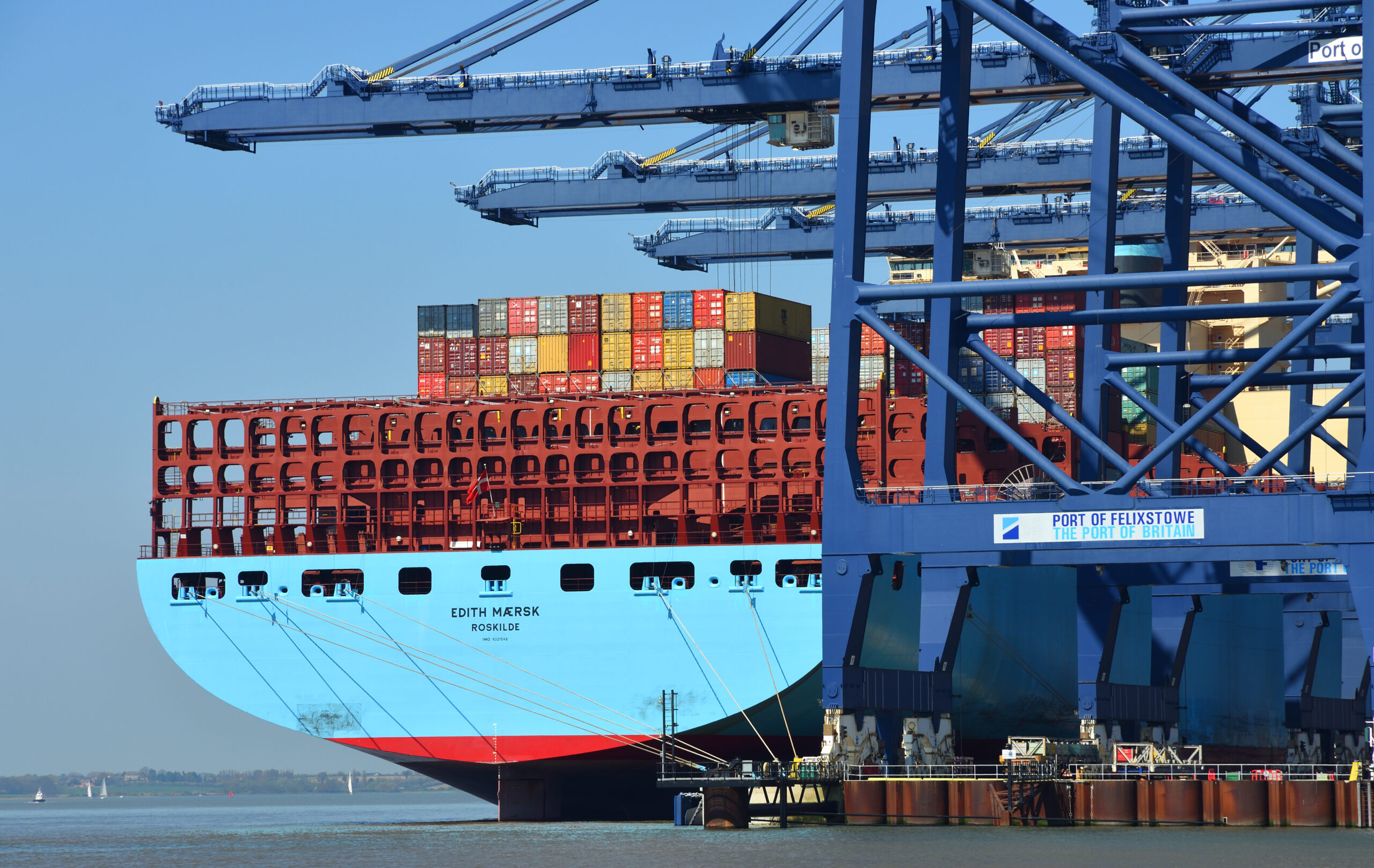The launch of Carbon Destroyer 1, Europe’s first purpose-built offshore CO2 carrier, is a milestone in the development of carbon capture and storage (CCS) infrastructure in the continent. Developed by INEOS Energy and Royal Wagenborg, and constructed at Royal Niestern Sander’s shipyard in the Netherlands, this vessel will advance the Greensand Project of building a European CCS value chain.
The vessel was engineered on Wagenborg’s EasyMax platform and is capable of transporting approximately 5,000 tonnes of liquefied CO2 (LCO2) under low-temperature and high-pressure conditions. Carbon Destroyer 1 will facilitate LCO2 transportation for Project Greensand, a pan-European CCS initiative led by INEOS in partnership with Harbour Energy and the Danish state-owned oil and gas company Nordsøfonden, which is also involved in carbon storage. The project aims to establish Denmark as a CO2 storage hub by utilising depleted offshore oil reservoirs in the North Sea.
The vessel’s route connects a new LCO2 terminal at the Port of Esbjerg to the Nini West platform offshore. Initially, CO2 will be collected from Danish biogas facilities and transported by truck to the Port of Esbjerg. It will be temporarily stored in six new onshore tanks before being transferred to the ship for offshore injection at a depth of over 1,800 metres beneath the seabed.

As the continent progresses toward regional CCS networks that require flexible, scalable infrastructure to aggregate and transport emissions from dispersed industrial clusters, maritime transportation presents a modular and potentially lower-risk entry point for cross-border CCS deployment compared to pipeline-based CO2 transportation.
INEOS Energy describes the vessel as a ‘prerequisite for commercial-scale CCS,’ and it may serve as a test case for the regulatory, logistical, and economic frameworks surrounding maritime CO2 transport. While the ship itself represents a step forward technologically for LCO2 carriers, it is the integration into a functioning CCS value chain that makes it strategically significant.
Sir Jim Ratcliffe, Chairman of INEOS was present at the launching ceremony. He said: ‘The launch of Carbon Destroyer 1 is an important next step for Carbon Capture and Storage in Europe. We are demonstrating that Carbon Storage is commercially viable and a far better way to decarbonise Europe without its deindustrialisation.’
Project Greensand’s initial operational capacity is 400,000 tonnes of CO2 per year, with plans to scale up to 8 million tonnes by 2030. The vessel is expected to enter service by late 2025, marking a significant milestone in validating maritime transport as a crucial component of Europe’s broader decarbonisation strategy.
Mads Weng Gade, CEO of INEOS Energy Europe, commented: ‘Carbon destroyer 1 will transport captured CO2 from across Europe, creating a virtual pipeline between the point of capture and permanent storage deep beneath the seabed of the North Sea. The delivery of the first dedicated offshore CO2 carrier is a prerequisite for commercial scale CCS across the continent.’



